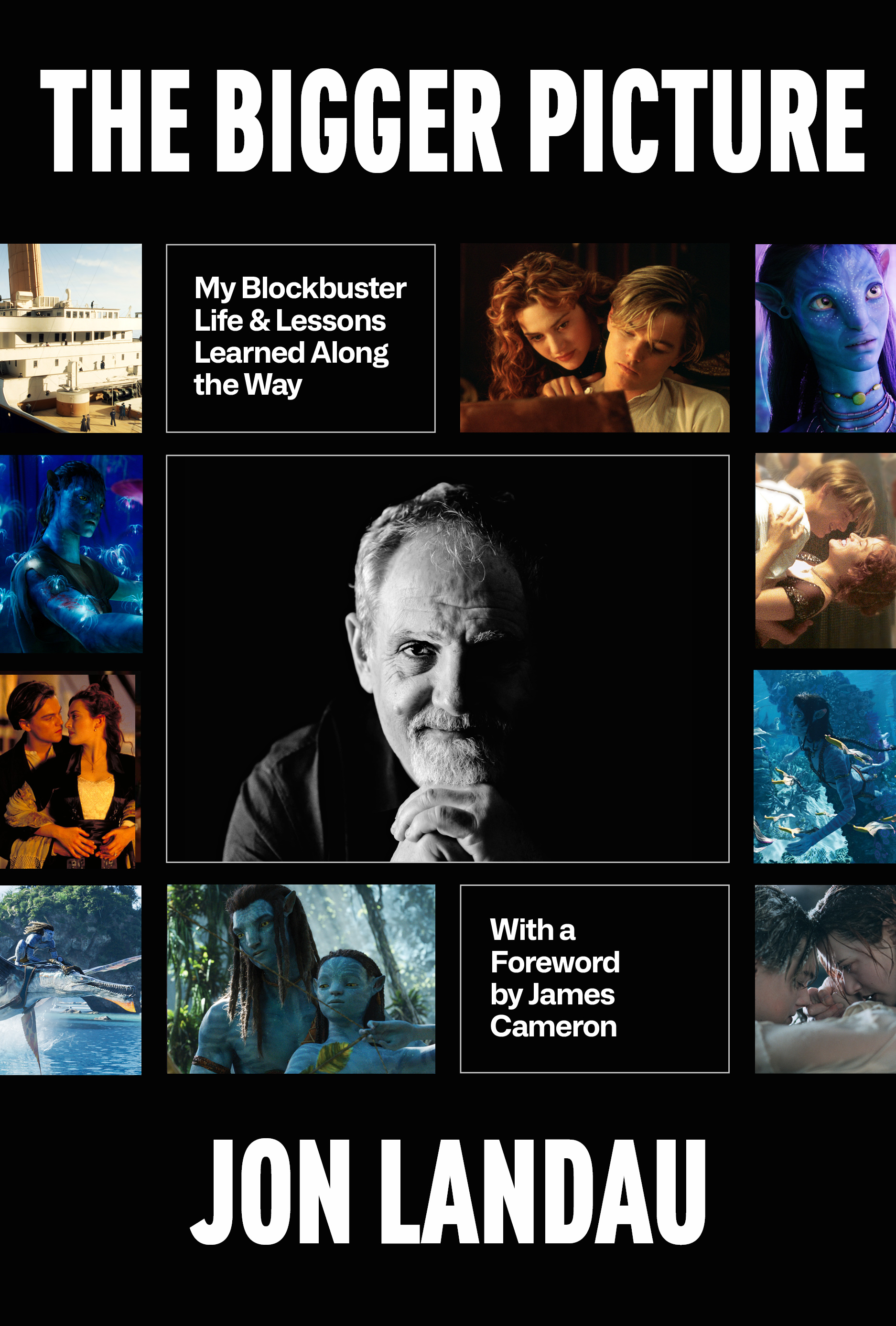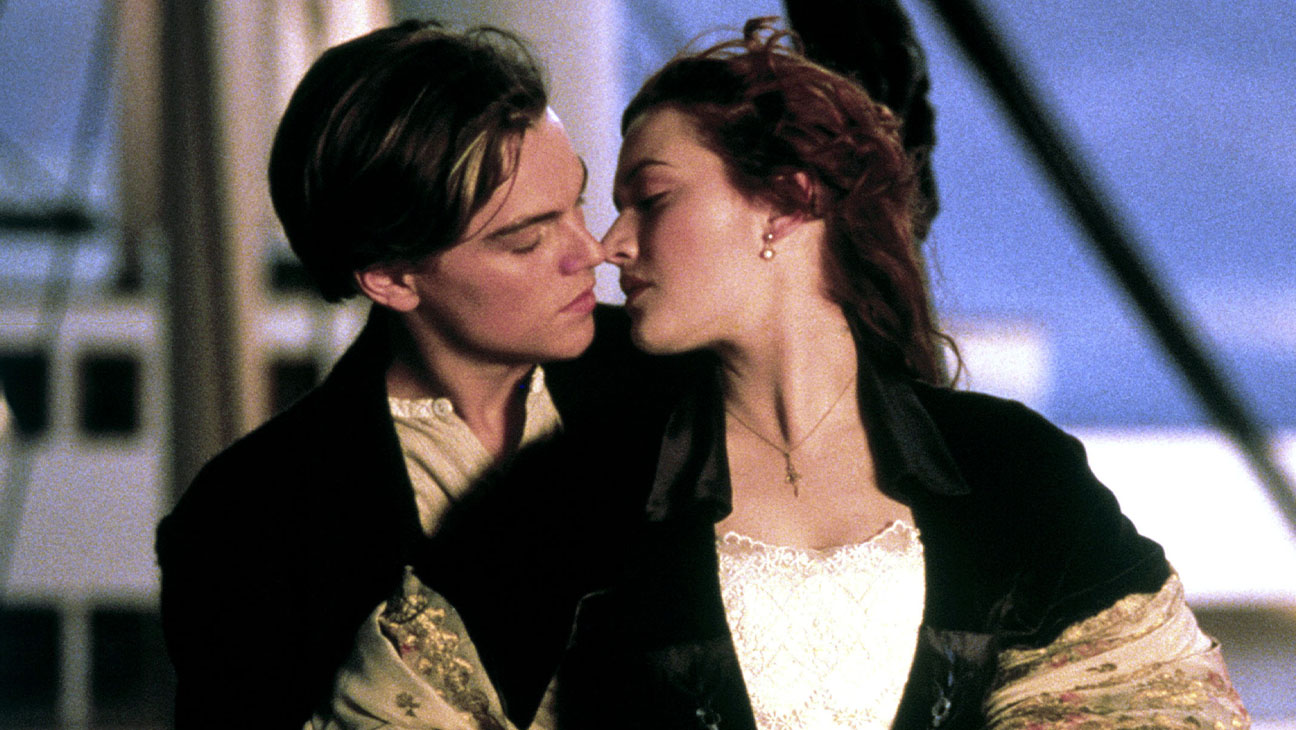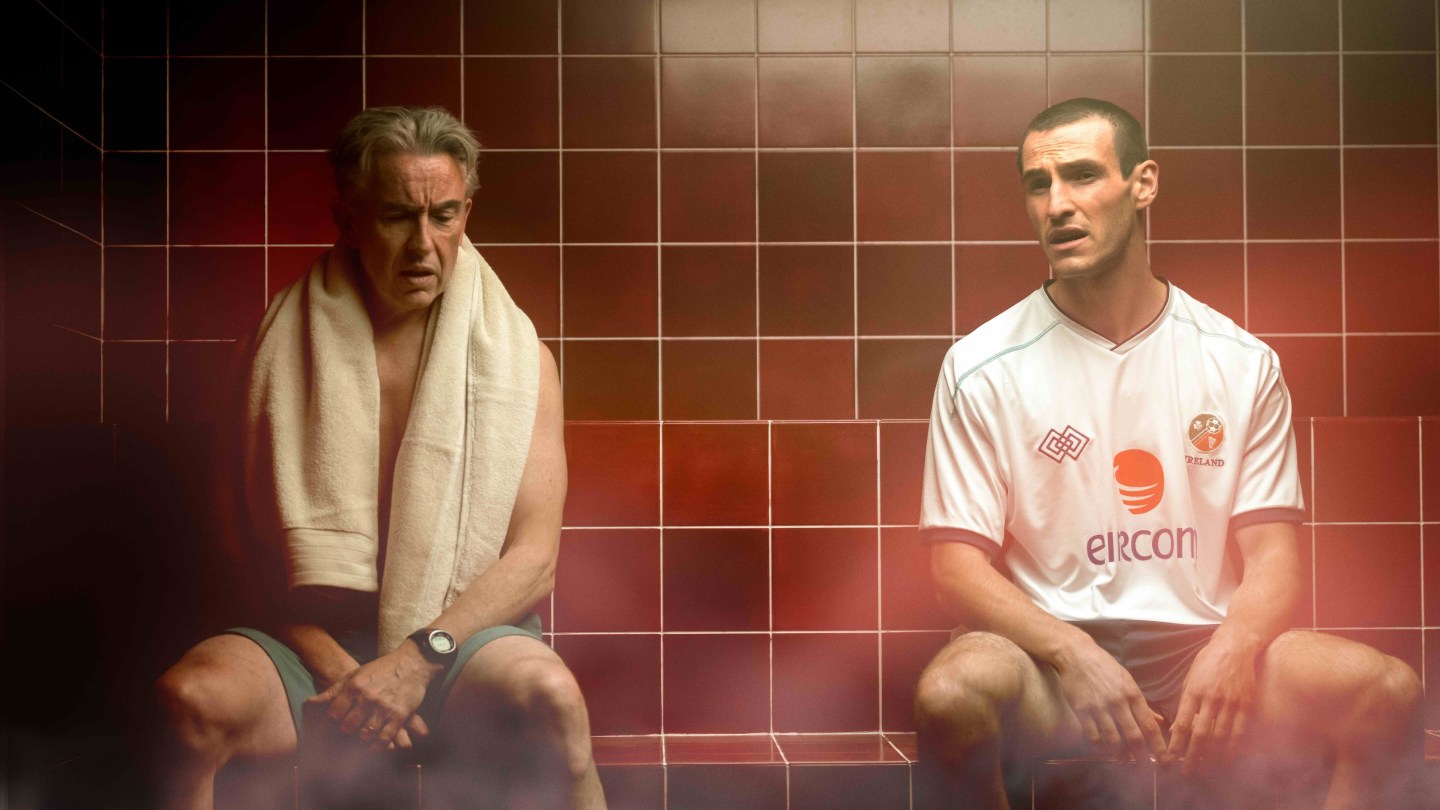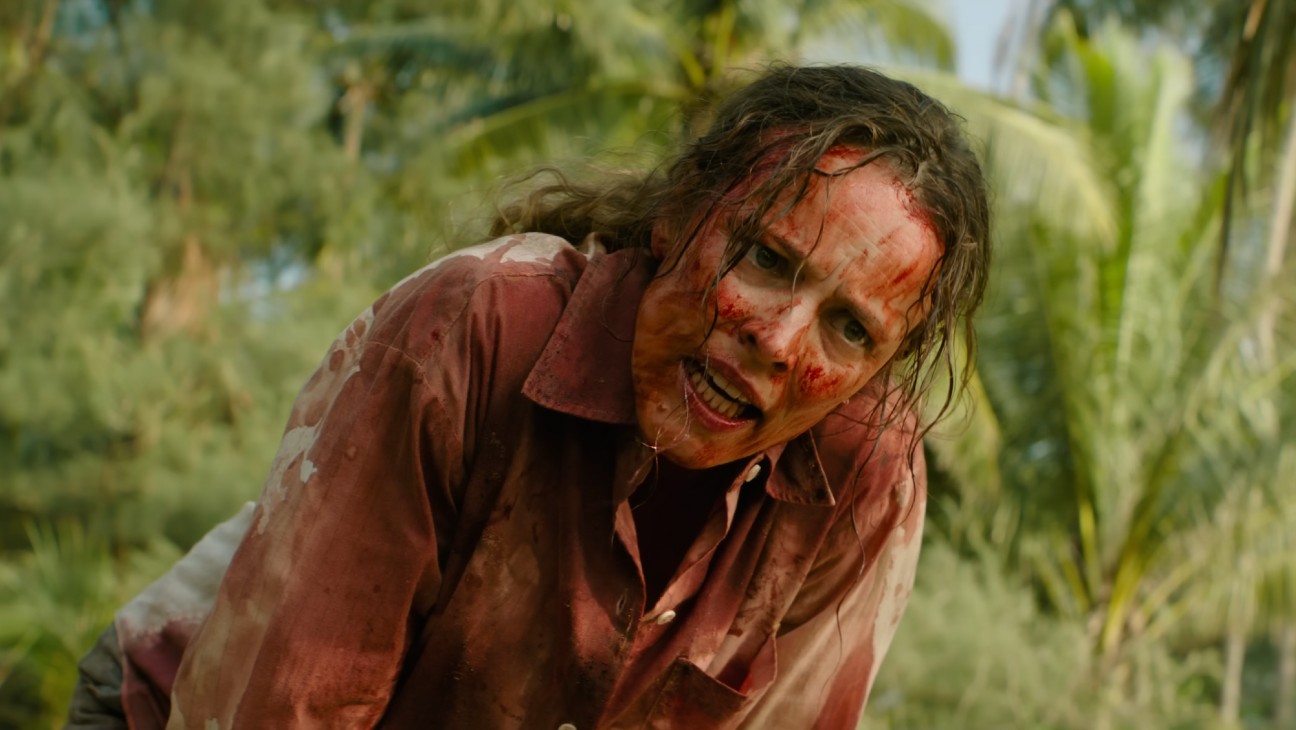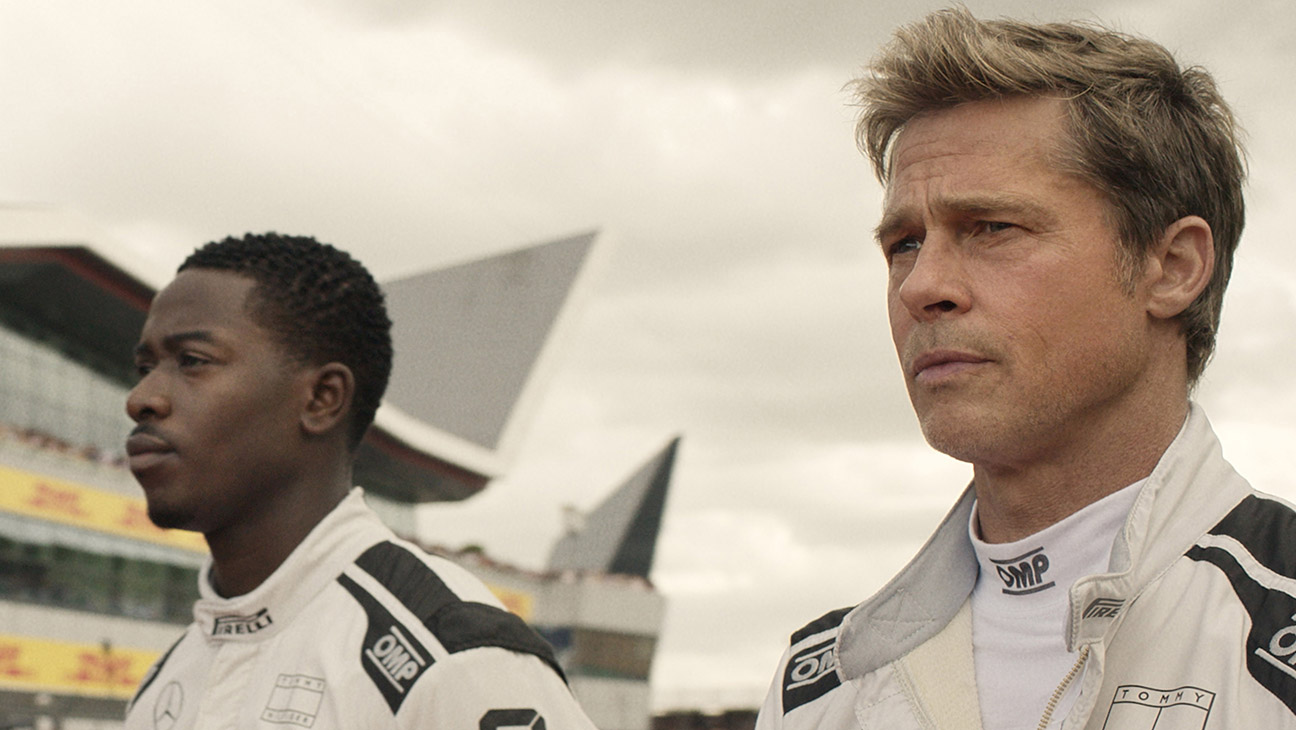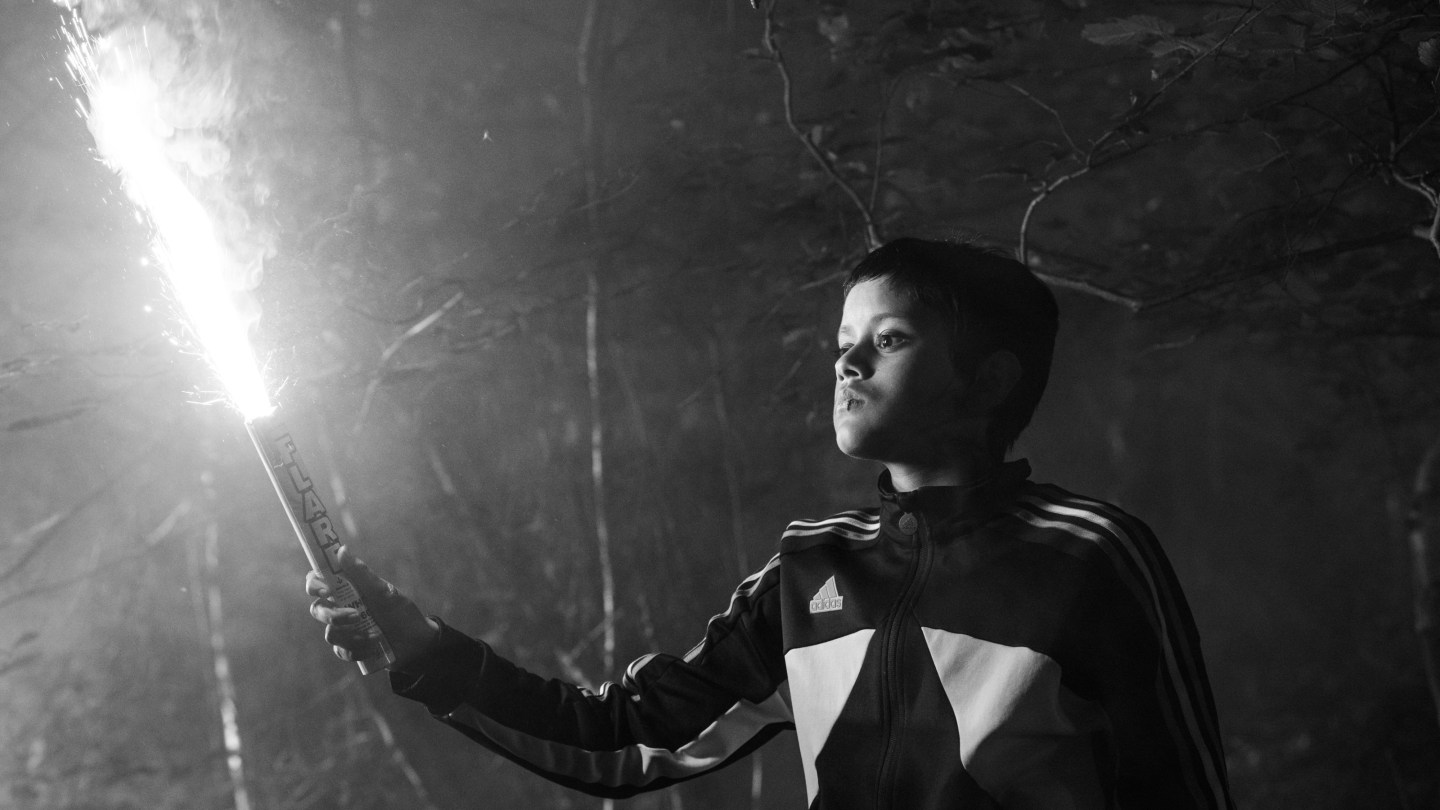The following is excerpted from THE BIGGER PICTURE by Jon Landau (Hyperion Avenue,out Nov. 4).
As anyone who has seen Titanic knows, one of the stars of the movie is the ship. And, like with casting our leads, we had to get it right. We had historical images to go by, along with Jim [Cameron]’s vision and immense research, but from there, we actually had to figure out how to build the ship. And not just the ship, but a ship that would accommodate the needs of filming without compromising the authenticity or feel. We also had to build the sea in which the ship would be sunk and raised again and again throughout the shoot.
So that was the biggest task: Find a location, build a ship, create an ocean. We needed a large self-contained environment where we could control conditions. It took us a year just to scout locations. We went all around the world. For a minute, I thought we’d found an answer in an old dry quarry in Poland near the Gdańsk shipyard. I’ll never forget that trip. This was right before Christmas. We met with a local production company, then went to their Christmas party, which was held on the first floor of an office building. They had to keep the curtains closed because it was not long after the Soviet era, and they had to hide the fact that they were celebrating a religious holiday.
In the end, we found an ideal spot in the most unlikely of places: Rosarito, Mexico. Unlikely because, whereas the Titanic went down in the ice-filled waters of the North Atlantic, Mexico is the land of sunshine. I visited the forty vacant acres on the edge of Rosarito, a resort town in Baja California. If you used your imagination, you could almost see it: The build that would be the ship and the ice-filled sea. The Titanic steaming toward destiny as Rose and Jack fall in love.
I walked those forty Mexican acres looking, thinking, planning. We could build a massive water tank here — that’d be our ocean. We could build the Southampton dock, the gaming house, and the seaside tavern, too. There’d be space for the interiors of cabins, steerage, the engine and dining room, the parlors. I sat with a napkin and sketched what I imagined down to the smallest detail. I knew I’d found our location. Now for the hard part: to convince Jim.
We ran into a hiccup. Jim refused to go down and see the site until the studio had given us the green light, but the studio would not give us the green light until we’d finalized the budget, which we could not do until we’d settled on a location. It was a catch-22: Fox wouldn’t give the okay until Jim made the trip; Jim wouldn’t make the trip until he got the okay. Someone had to blink, and, as usual, it was not going to be Jim. But we made use of the extra days. By the time Fox finally signed off, Geoff Burdick, senior vice president at Lightstorm, and his team had set up a twenty-foot-long model of the Titanic that we had built, so that way Jim could see it in context when we got him down to Mexico.
We stayed in a hotel twenty minutes outside Rosarito. I’d planned to get to the site before Jim. I wanted to make sure everything was ready for a presentation — ship and diagrams, how it would be done, how it was going to look. Jim tends to go with his gut, to decide fast, and, once he’s decided, it’s hard, though not impossible, to change his mind.
I got up at dawn, and, of course, Jim was already up. No matter how early you wake, Jim wakes earlier. We drove down to the proposed site together. Jim hopped out of the car and raced over to study the model of the ship. He started shouting: “Landau! Landau!”
“Yes, Jim?”
“What were you thinking? There are lights over there. There’s a hill over there! How the hell is this going to be the middle of the ocean! Send everybody back to Los Angeles! This is not gonna work!”
A crew member pulled me aside and said, “Jon, that’s exactly what you said he’d say.”
Jim has a process, which I’d come to understand. First he balks, then he reconsiders. He needs to get his hands in there; his fingerprints need to be on any and every decision. He took twenty minutes to shift the model of the ship ever so slightly, then suddenly looked up and shouted, “Landau! It’s perfect! It’s the only place we can make the movie!”
***
[Titanic became the most expensive movie produced at the time, nearly doubling initial budget estimates. The storied production included building a scale model of the ship, boundary-pushing special effects and expeditions to the actual Titanic wreck. ]
***
We spent many months in postproduction. Entire plot devices, scenes we took great care to shoot, fell away as we pieced together the film. All the while, the press continued to hound. Reporters would infiltrate and ingratiate in search of scoops. Rumors spiraled. Articles reported we’d spent $200 million. Others speculated we’d spent even more. They compared Titanic, still months away from release, to Ishtar, Waterworld, and Cleopatra, the most notorious flops in Hollywood history. Whenever you try for something great, you risk everything. Your reputation, your career, your livelihood — important things are on the line.
The buzz inside the studio was just as bad. It, too, was all rumors. They said the movie was too long. They said the effects didn’t work. They said the acting was weak. None of it was true, but gossip takes on its own life. Perception becomes reality. You end up chasing phantoms, which can be deadly. But at Fox, one person mattered most. Rupert Murdoch. Jim and I ran into him in the hallway at the studio during the darkest days of postproduction. We stopped and talked.
I said, “I guess we’re two of your least favorite people in the world right now.”
Rupert had a perfect answer. Without missing a beat, he said, “I’ll wait until I see the movie, then I’ll let you know.”
We had decided to hold an advance screening at the Mall of America in Minnesota. Jim went out to scout the venue early. Rae [Sanchini, Titanic executive producer and former head of Lightstorm Entertainment] and I flew east on the Fox plane with Tom Rothman and Peter Chernin a few days later. Tensions and pressures were high. There was a lot riding on the screening. A lot on the line.
Rothman sat up at the front of the plane. Rae and I went toward the back and sat side by side. Peter Chernin came back with us.
“So, Jon, what do you think?” Peter said, somewhere over the middle of the country. “Do you think there’s someone at Universal Studios right now going, ‘Hey, let’s hire that producer Jon Landau, who just went one hundred percent over budget’?”
I said, “No, but, Peter, do you think there’s someone at another studio going, ‘Let’s hire the chairman who green-lit that movie’?”
That was the relationship I had with Peter. We bantered. Sometimes we sparred. Cared deeply. I respected him greatly and still do.
The movie had been challenging from the start. Now we were going to find out just how well we’d conquered those challenges. “Let’s see how people react,” said Peter. “We are going to know a minute after the film starts if we have any chance at all.”
Here’s how advance screenings work: People line up at the box office for a free preview; they only find out what movie they’re going to see as they enter the theater. We arrived early and sat in the back—Rae, Peter, Tom, and me. Jim snuck in and took an aisle seat as the lights dimmed. Then the movie started. Titanic came up in huge letters on the screen. This was met with silence from the audience. One minute in, two minutes in, three minutes in—silence.
We started whispering to each other. Oh my God! We’re dead, we’re dead.
Then the mood changed. The audience got caught up in the action. They were shouting and weeping by the end. So what the hell happened during those first three minutes?
After the movie, during the audience Q and A, the Fox person running the session asked, “Did anything confuse you?”
All hands shot up. Somehow, in spite of the fact that audiences are not supposed to know what film is being shown at an advance screening, everyone had been told they would be seeing Great Expectations, another Fox new release. For the first three minutes, they thought they were watching a trailer for Titanic. That’s why they were so quiet. It took five minutes for them to realize what was going on.
From THE BIGGER PICTURE (out Nov. 4), by Jon Landau, published by Hyperion Avenue, an imprint of the Penguin Publishing Group, a division of Penguin Random House LLC. Copyright © 2025 by Jon Landau.
